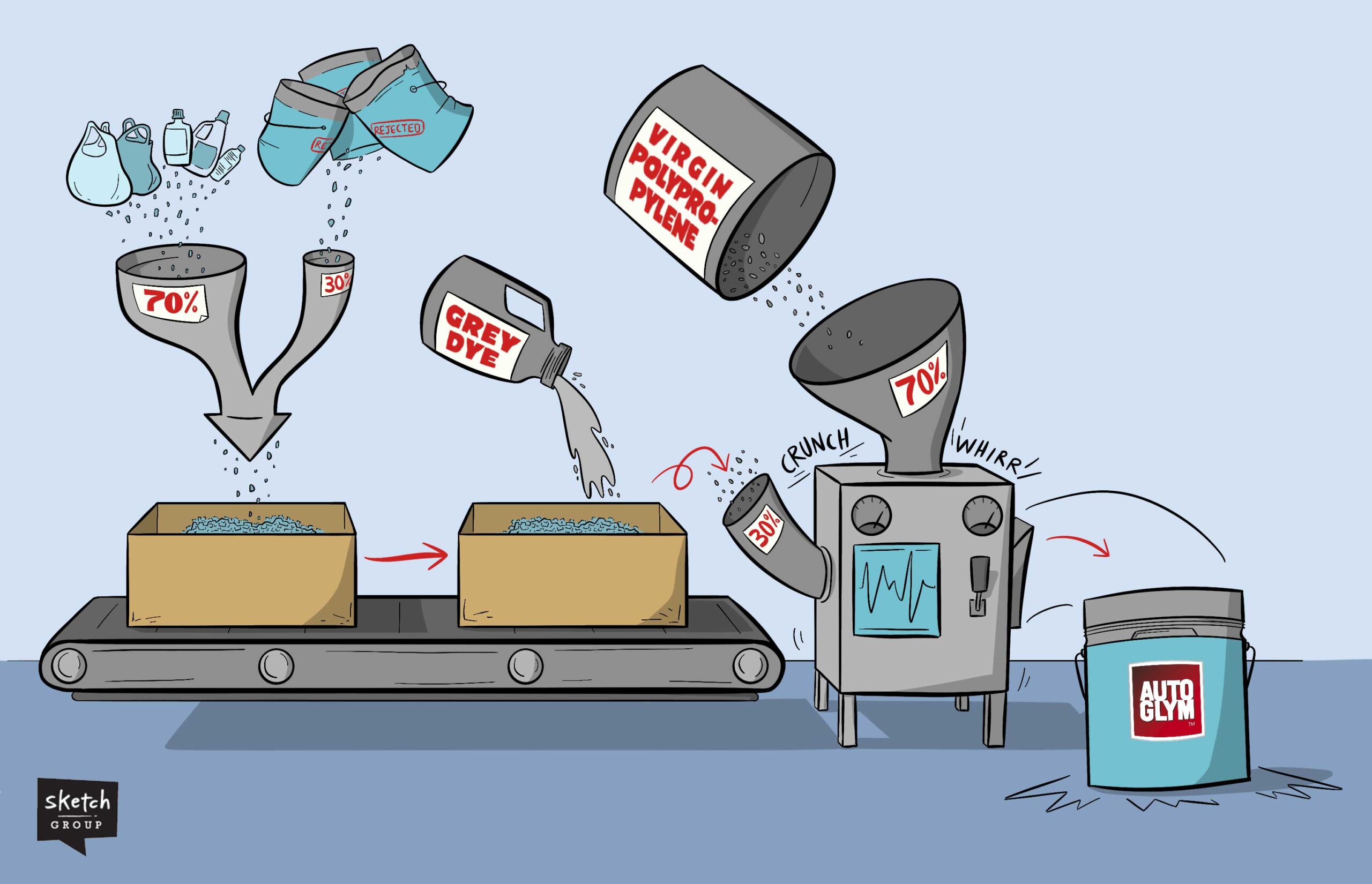In an era saturated with information, effective communication has evolved beyond mere words. Visual storytelling has emerged as the compelling medium of an era, weaving narratives through captivating images and evoking emotions that resonate deeply.
In this article, we’ll embark on a journey into the world of visual storytelling, exploring its essence, core elements, techniques, and why it stands as a powerful communication tool.
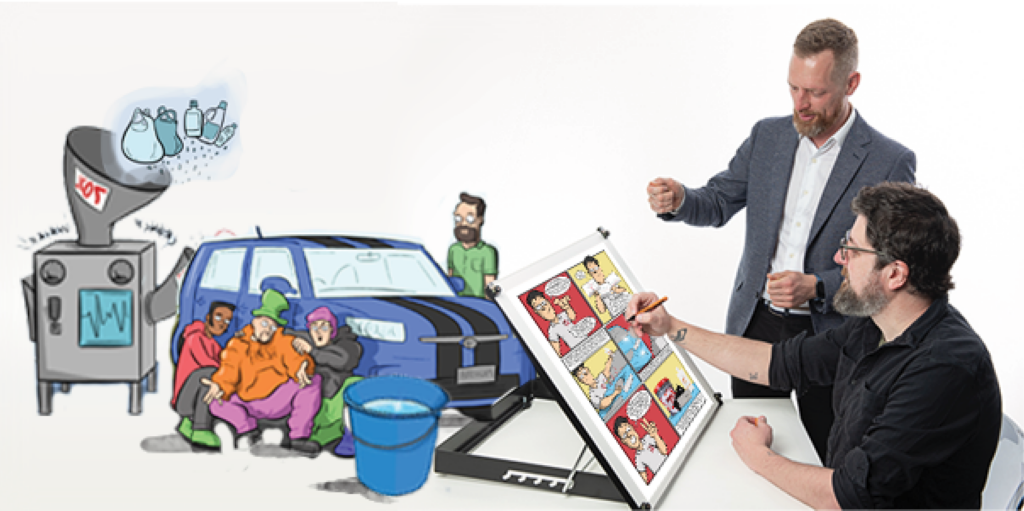
What Is Visual Storytelling?
At its heart, visual storytelling is a method of conveying narratives, ideas, or messages using a sequence of images, often accompanied by minimal text. It taps into the innate human capacity to comprehend and remember stories more effectively when they are presented visually.
Visual storytelling goes beyond simple image placement; it crafts a cohesive narrative that engages, educates, and elicits emotions. Through carefully selected visuals and sequences, it can transport the viewer into a world of imagination and empathy.
What Are Examples of Visual Storytelling?
From single images that evoke strong emotions to intricate multimedia narratives, the possibilities are varied. Here are some examples:
- Photographic Essays: A series of photographs arranged to tell a story or evoke emotions.
- Infographics: Visual representations of data and information, conveying complex ideas in a digestible format.
- Comics and Graphic Novels: Sequential art that combines images and text to create immersive narratives.
- Video Documentaries: Visual storytelling brought to life through moving images, sound, and narration.
- Social Media Stories: Platforms like Instagram and Snapchat leverage images and short videos to tell personal or brand stories.
- Advertising Campaigns: Brands often use visual storytelling to convey their values, products, or services in a compelling way.

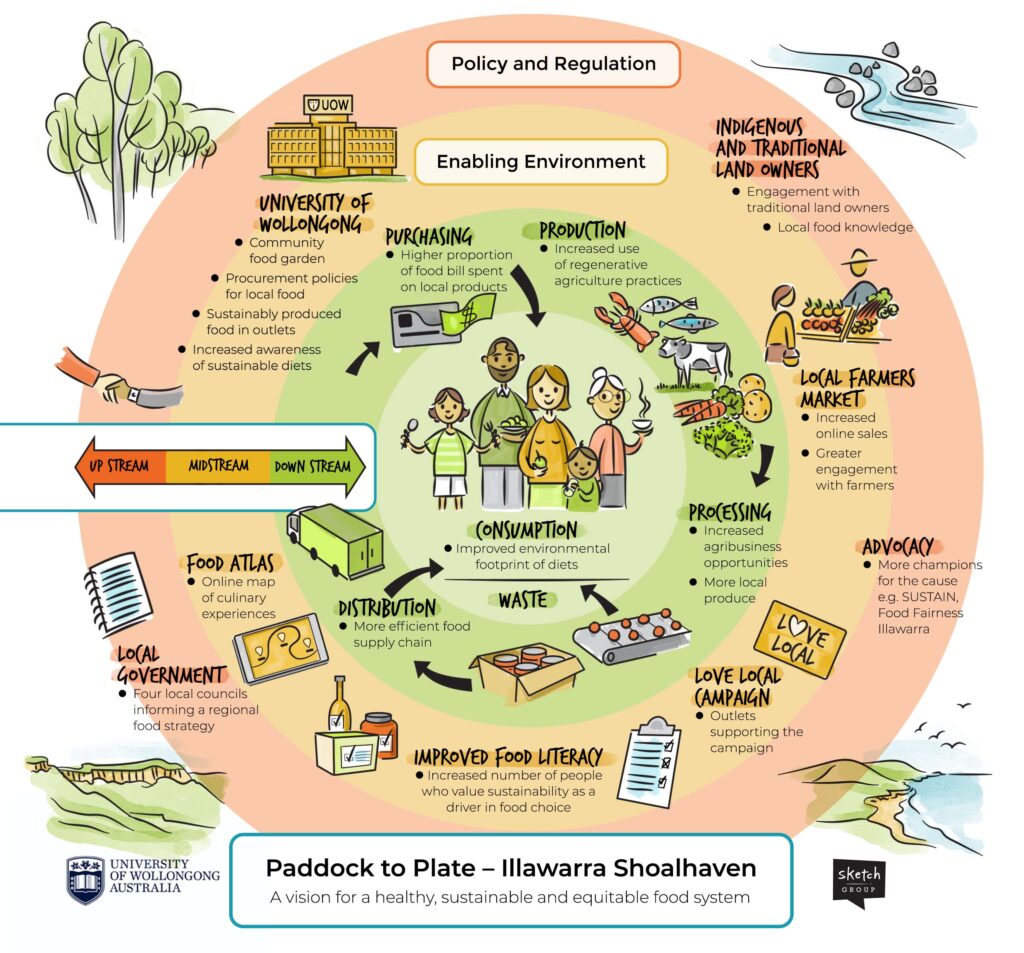
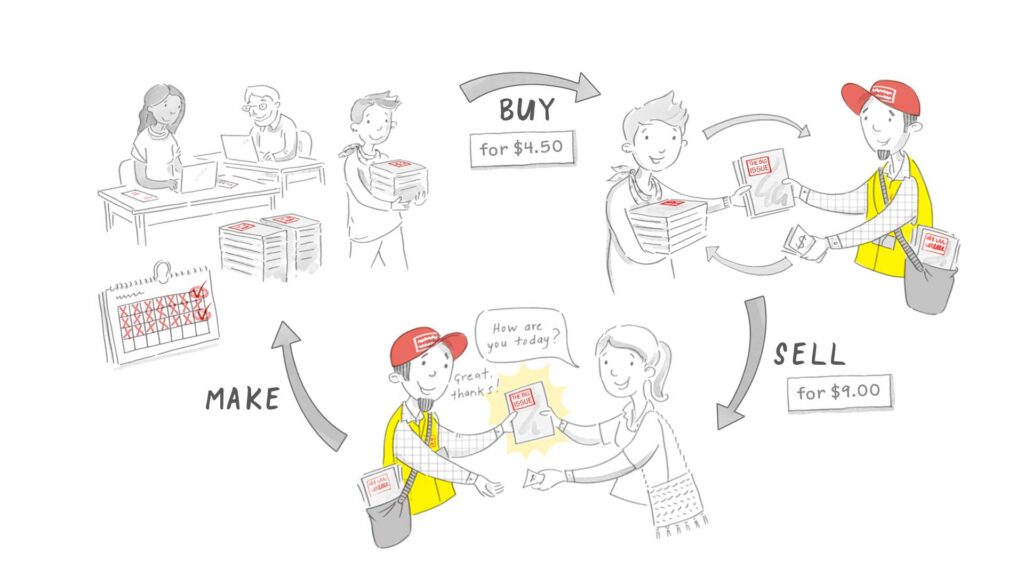
What Are the 5 Core Elements of Visual Storytelling?
To craft a compelling narrative through imagery, consider these five core elements:
- Characters: Engaging characters are the heart of any story. They connect viewers emotionally to the narrative.
- Plot: A well-defined plot sets the structure for your story. It includes a beginning, middle, and end, with a clear progression.
- Conflict: Conflict drives the story forward, creating tension and opportunities for growth or resolution.
- Resolution: A satisfying conclusion or resolution provides closure and leaves a lasting impact.
- Visual Elements: Strong visuals, such as composition, color, and symbolism, enhance the story’s impact and evoke emotions.
Key Methods for Crafting Compelling Narratives Visually
Visual storytelling employs a variety of techniques to convey narratives effectively:
- Composition: The arrangement of elements within an image plays a crucial role in guiding the viewer’s attention and conveying the story.
- Color Psychology: Colors evoke emotions and can be used strategically to enhance the story’s mood and message.
- Symbolism: Objects, colors, or settings can symbolize deeper themes and concepts within the story.
- Transitions: In multimedia storytelling, smooth transitions between images or scenes help maintain the flow of the narrative.
- Narration and Text: Captions, dialogues, or narration can complement visuals, providing context and enhancing the narrative.
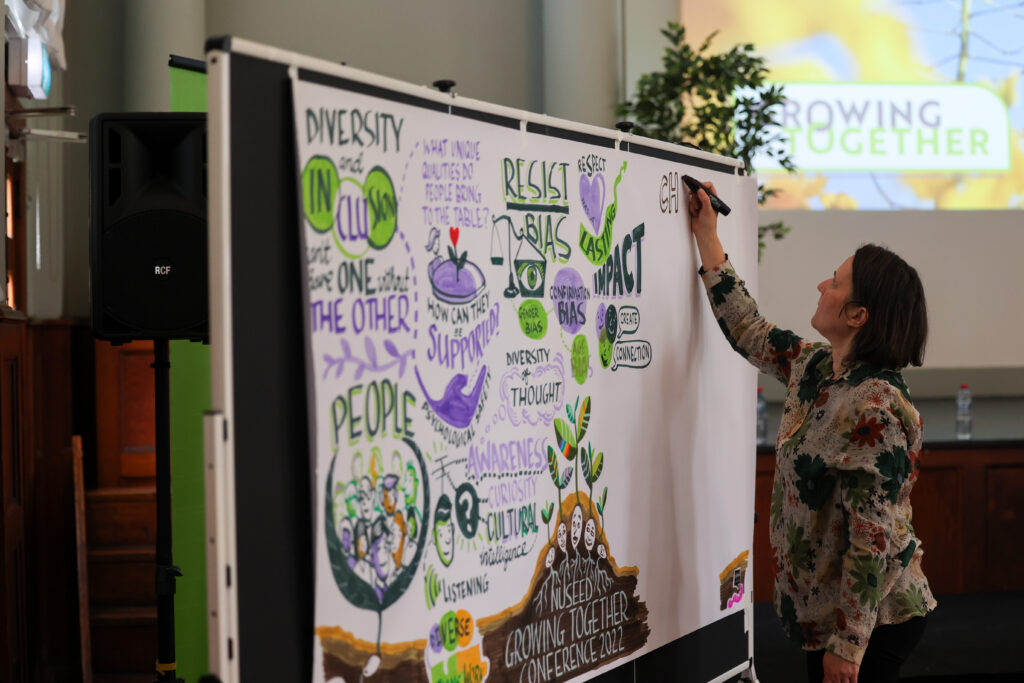
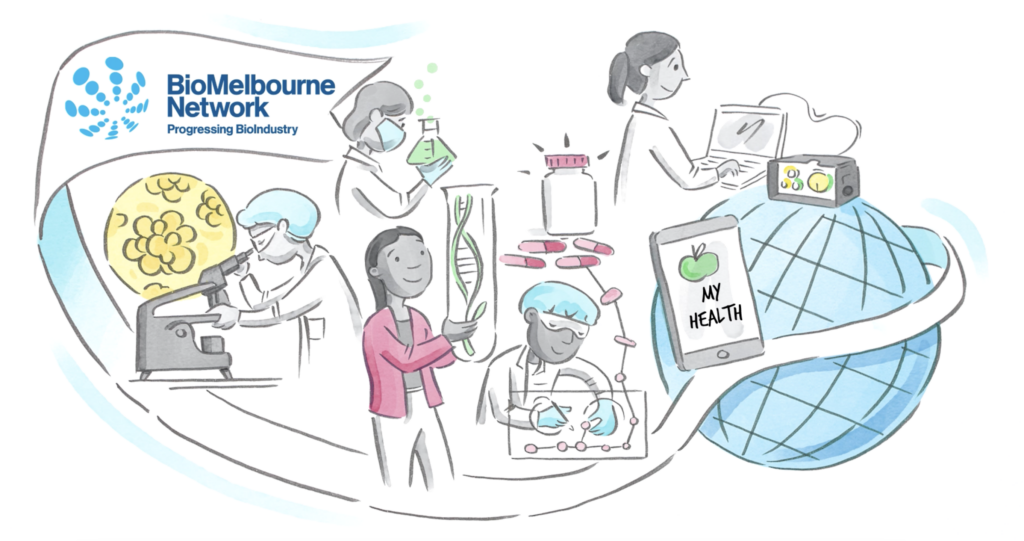
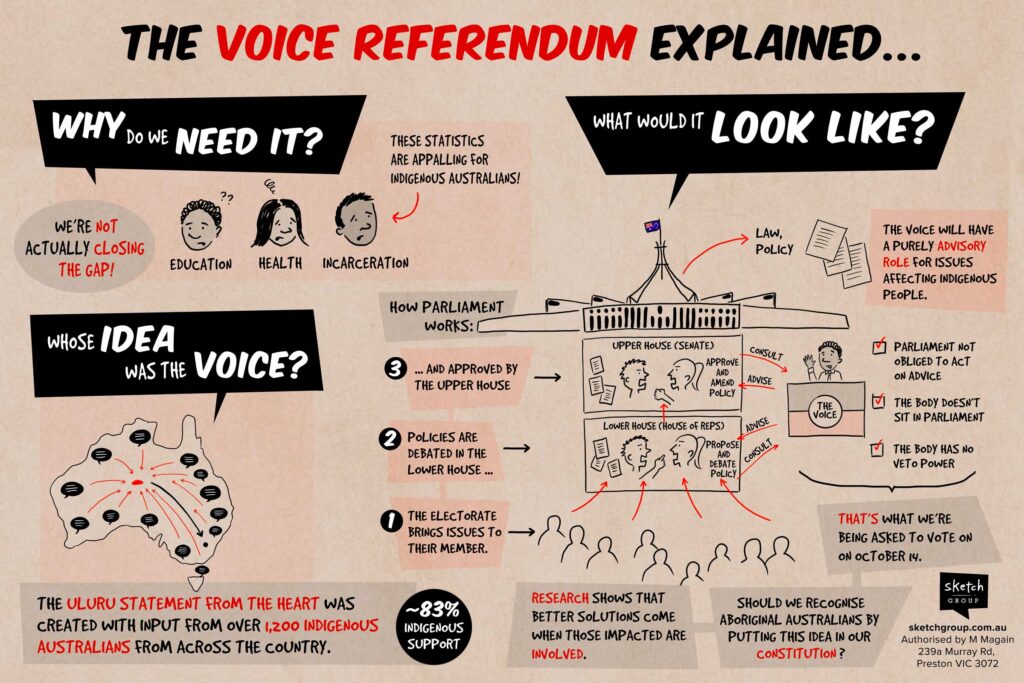
What Makes This Method of Storytelling So Effective?
Visual storytelling is highly effective for several reasons:
- Engagement: It captivates viewers’ attention and sustains their interest, making it more likely they’ll absorb the message.
- Emotion: Visuals have the power to evoke emotions, making the message more memorable and impactful.
- Simplicity: It simplifies complex ideas, making them easier to understand and retain.
- Universal Appeal: Visuals transcend language barriers, making stories accessible to a global audience.
- Retention: People remember stories more than facts or data, making visual storytelling a powerful tool for conveying information.
In conclusion, this captivating form of storytelling is an art that combines the visual and narrative elements to create compelling stories that resonate with audiences. By understanding its core elements and employing effective techniques, you can harness the power of visual storytelling to convey your messages, evoke emotions, and engage your audience.
Ready to unlock the potential of visual storytelling for your brand or message? Contact us today to explore how our visual storytelling agency can help you craft narratives that leave a lasting impact. Your journey into the world of visual storytelling awaits!

